In 2022, researchers stumbled upon the footprint site near the northern tip of North Africa while examining boulders at a nearby pocket beach.


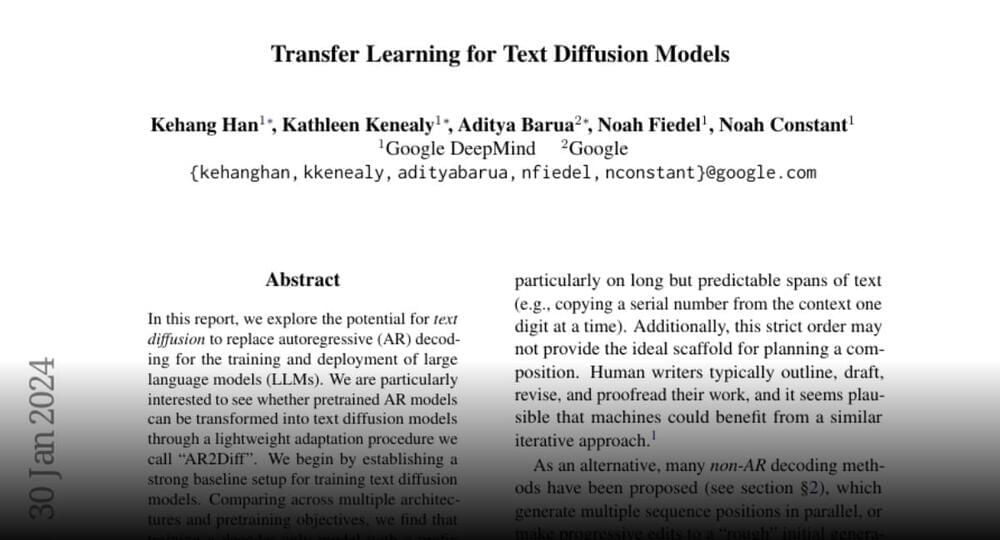

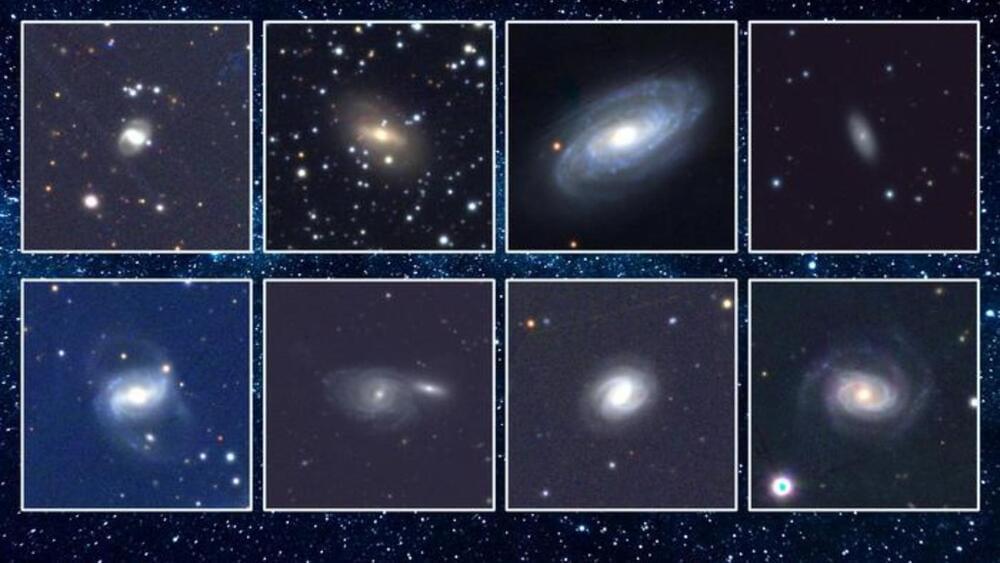
Scientists identified 18 new Tidal Disruption Events (TDEs), instances where a nearby black hole violently tears apart a neighboring star.
The powerful gravitational force of the black holes rips apart the star in its vicinity, resulting in a substantial release of energy across the entire electromagnetic spectrum.
The new catalog of TDEs was found by combing through the archival data of the satellite telescope NEOWISE. The team identified infrared patterns associated with these intense, transient bursts using a novel algorithm.
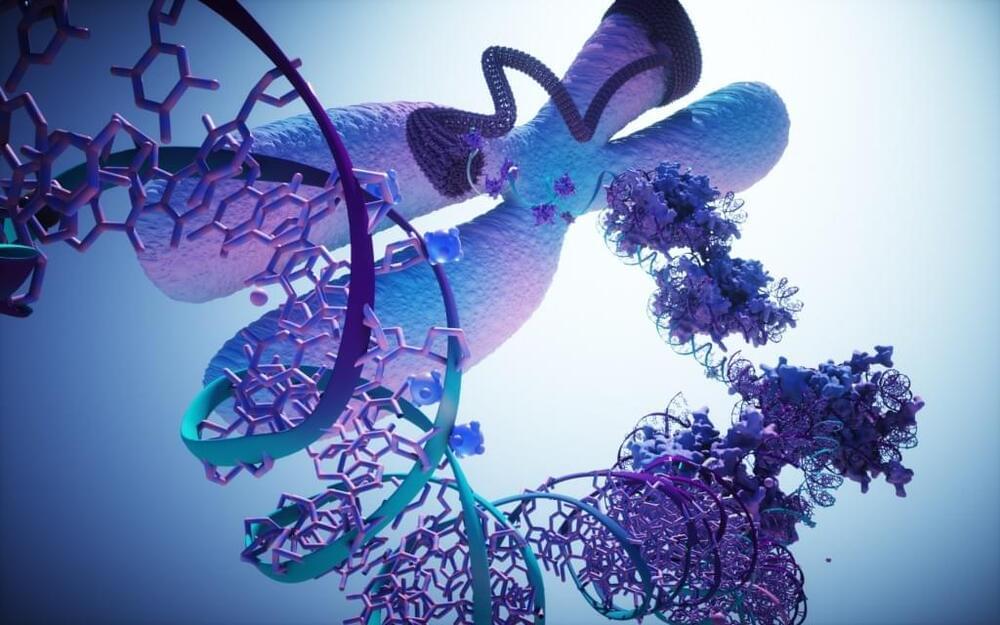
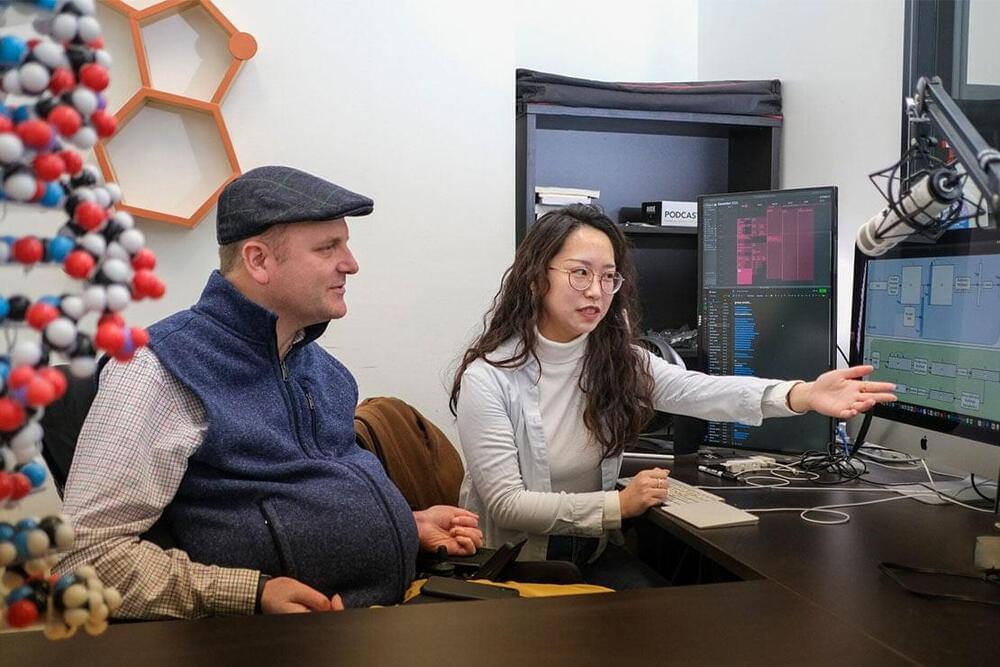
University of Toronto Engineering researchers’ AI model designs proteins to deliver gene therapy ➡️
Researchers at the University of Toronto used an artificial intelligence framework to redesign a crucial protein involved in the delivery of gene therapy.
The study, published in Nature Machine Intelligence, describes new work optimizing proteins to mitigate immune responses, thereby improving the efficacy of gene therapy and reducing side effects.
“Gene therapy holds immense promise, but the body’s pre-existing immune response to viral vectors greatly hampers its success. Our research zeroes in on hexons, a fundamental protein in adenovirus vectors, which – but for the immune problem – hold huge potential for gene therapy,” says Michael Garton, an assistant professor at the Institute of Biomedical Engineering in the Faculty of Applied Science & Engineering.
But after a few billion years, something fishy begins to occur. Instead of approaching zero, the expansion rate starts to decrease at a slower rate than one would expect, and a distant galaxy’s recession speed doesn’t drop in the same fashion anymore. Once the Universe reaches an age that’s 7.8 billion years after the Big Bang, things start to get weird: these distant galaxies stop slowing down in their recession entirely, and appear to “coast” in the sense that they move away from us at a constant speed from moment-to-moment, as though the expansion had stopped decelerating.
And then, as the Universe continues to age, the recession speeds no longer remain constant, nor do they go back to decreasing. Instead, these distant galaxies appear to recede from us (and one another) more and more quickly. It’s as though some effect is causing the expansion to neither decelerate nor remain constant, but to actually increase and accelerate!

Tesla detailed its capital expenditure plans for 2024 and beyond in a 10-K it released this morning.
Tesla has routinely revealed an increase in planned capital expenditures over the past few years, and 2024 seems to be no different. In a 10-K, which was released by Tesla this morning, it expects to spend at least $10 billion this year and between $8 billion and $10 billion in 2025 and 2026.
Tesla said that its near-term capex plans are difficult to predict because “the number and breadth of our core projects at any given time, and may further be impacted by uncertainties in future global market conditions.”
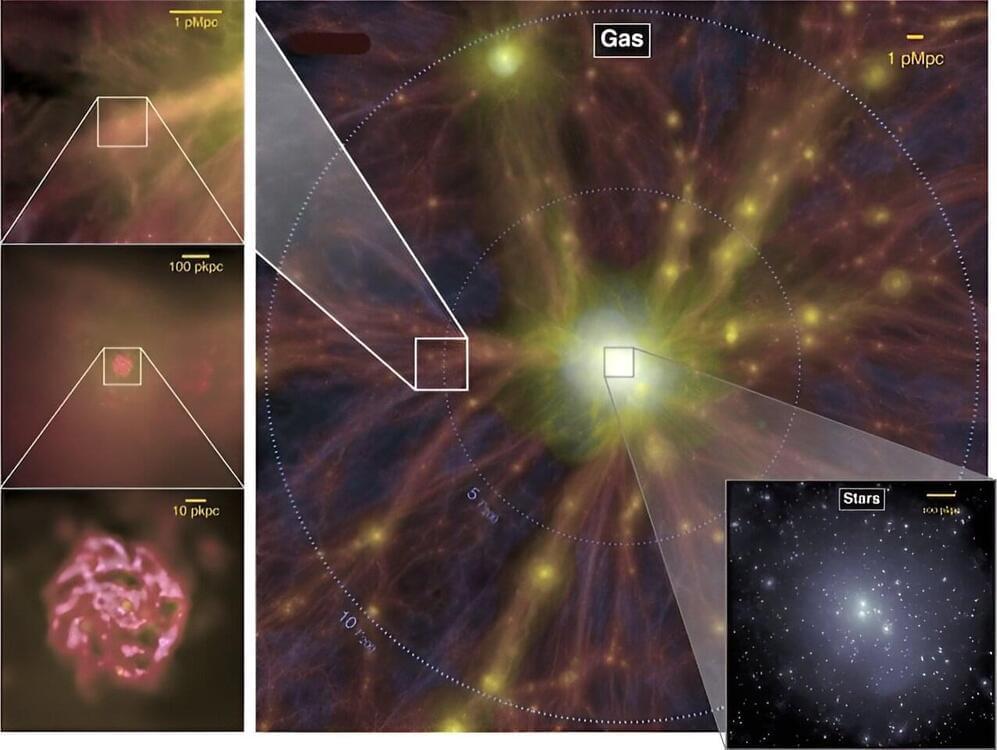
Researchers at the University of Kansas (KU) hope to better understand intricate mechanisms behind the evolution of galaxies, which travel through a “cosmic web” of different environments during their lifespans.
Gregory Rudnick, professor of physics & astronomy at KU, is leading a team to study “gas content and star-formation properties of galaxies” that are altered depending on where they are moving through the cosmos.
“The primary objective of this project is to comprehend the impact of environmental factors on the transformation of galaxies,” Rudnick said. “In the universe, galaxies are spread in a non-uniform distribution characterized by varying densities. These galaxies aggregate into large clusters, comprising hundreds to thousands of galaxies, as well as smaller groups, consisting of tens to hundreds of galaxies.”

Finding and describing new species can be a tricky endeavor. Scientists typically look for distinctive characters that can differentiate one species from another. However, variation is a continuum that is not always easy to quantify. At one extreme, multiple species can look alike even though they are different species—these are known as cryptic species. At the other extreme, a single species can be highly variable, creating an illusion of being different species. But what happens when you encounter both extremes simultaneously?
Herpetologist Dr Chan Kin Onn (previously at the Lee Kong Chian Natural History Museum, Singapore, now with the University of Kansas Biodiversity Institute and Natural History Museum, USA) led a study describing a new species of pit viper from Myanmar that is both similar and different from its sister species. The discovery is published in the open-access journal ZooKeys.